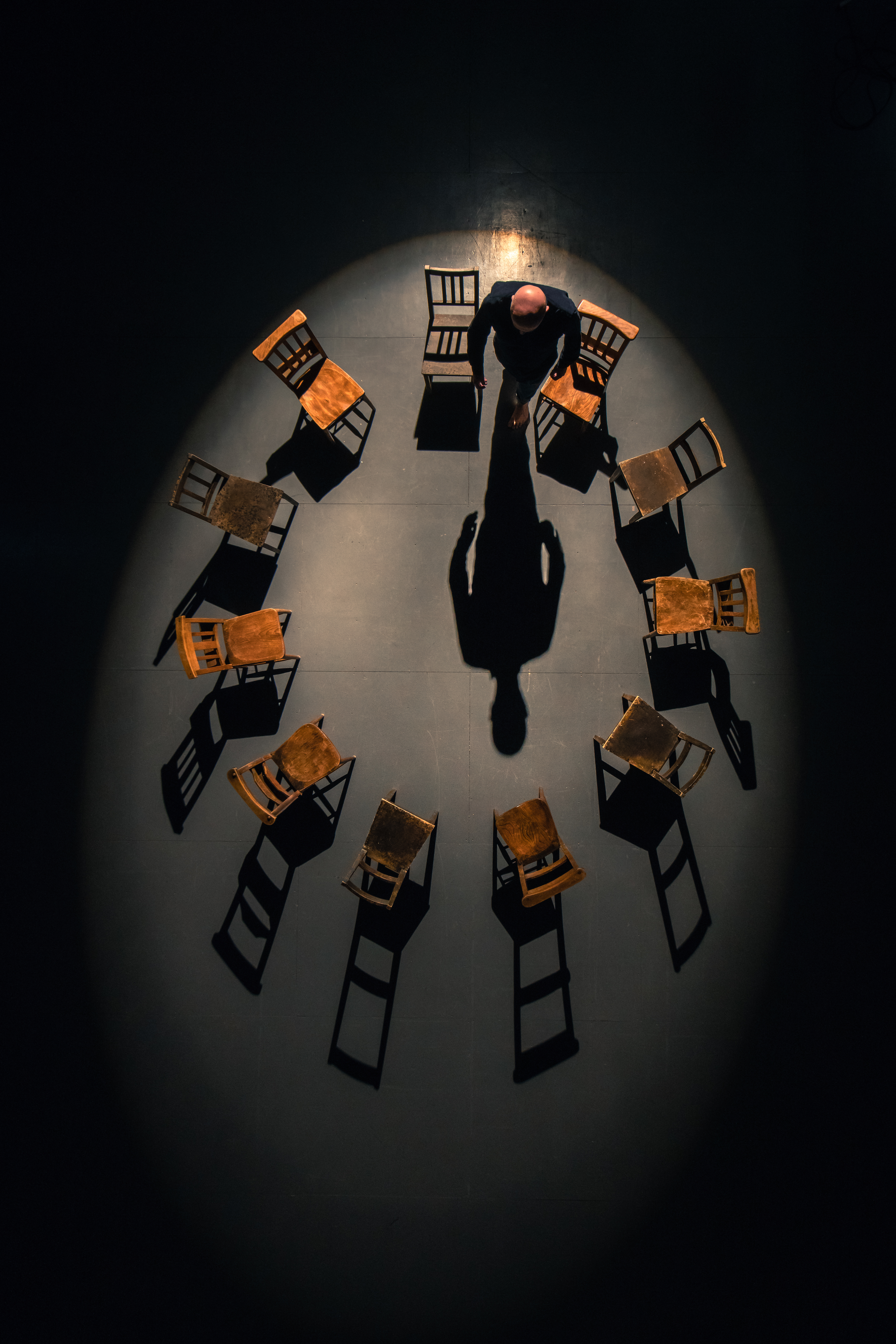Catastrofi ecologiche e tecnologiche: i paesaggi e gli oggetti straniati nelle post-apocalissi contemporanee
DOI:
https://doi.org/10.13133/2239-1983/18087Abstract
The essay offers an investigation of the “object” in contemporary post-apocalypse scenarios. In this kind of representation, which shows a world in collapse after an environmental or technological catastrophe, the “object” (food, technological devices, clothes, furnishings, cars) is almost invariably broken, destroyed, useless or deprived of its usual function. The paper will analyze this loss of functionality by the objects – and their consequent alienated representation – in the light of the categories identified by Francesco Orlando in The Obso- lete Objects in Literary Imagination. The aim is to understand whether the considerations he draws about the different kinds of “obsolete objects” may also be applied to this specific literary sub-genre and the world representation upon which it stands.
##submission.downloads##
Pubblicato
Versioni
- 2022-06-28 (2)
- 2022-06-28 (1)
Come citare
Fascicolo
Sezione
Licenza
Gli autori che pubblicano su questa rivista accettano le seguenti condizioni:- Gli autori mantengono i diritti sulla loro opera e cedono alla rivista il diritto di prima pubblicazione dell'opera, contemporaneamente licenziata sotto una Licenza Creative Commons - Attribuzione che permette ad altri di condividere l'opera indicando la paternità intellettuale e la prima pubblicazione su questa rivista.
- Gli autori possono aderire ad altri accordi di licenza non esclusiva per la distribuzione della versione dell'opera pubblicata (es. depositarla in un archivio istituzionale o pubblicarla in una monografia), a patto di indicare che la prima pubblicazione è avvenuta su questa rivista.
- Gli autori possono diffondere la loro opera online (es. in repository istituzionali o nel loro sito web) prima e durante il processo di submission, poiché può portare a scambi produttivi e aumentare le citazioni dell'opera pubblicata (Vedi The Effect of Open Access).


